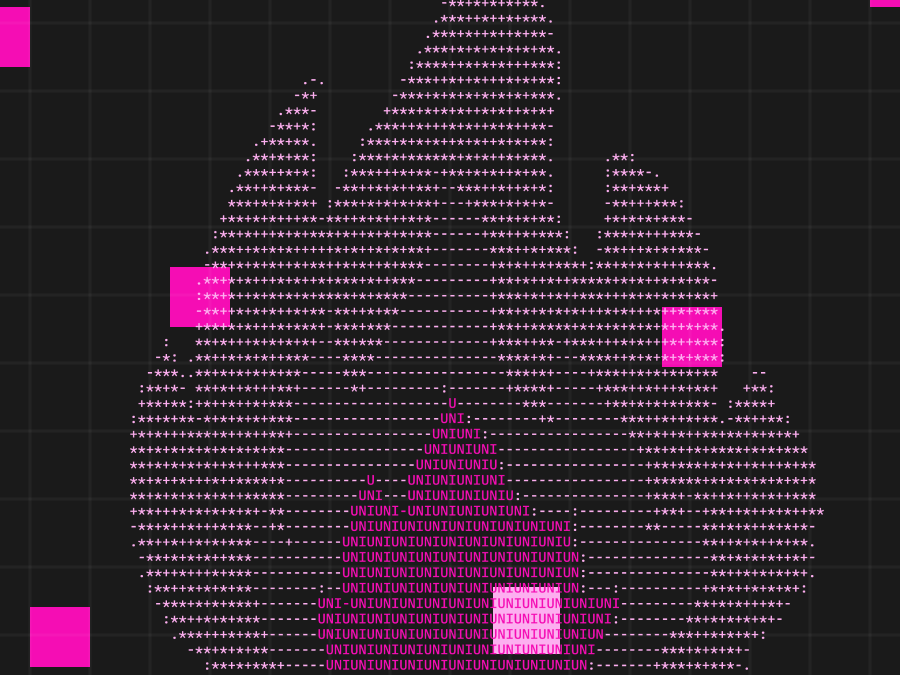Tldr; Uniswap Labs and Across team up to propose a new standard for cross-chain intents – establishing a unified framework for intents-based systems to specify cross-chain actions.
Key takeaways:
- Uniswap Labs and Across have joined forces to propose a standard for cross-chain intents, allowing intents-based systems to interoperate through a universal filler network.
- Developed by two pioneers in intents-based interoperability, the new standard benefits applications, fillers, and end users while making the cross-chain ecosystem more connected and decentralized.
- With a unified standard fillers benefit from a lower entry barrier and lower costs, applications can plug into a wider filler network, and users get a better UX.
- Uniswap Labs and Across have submitted this standard to the ERC review process, and have included open questions that we hope to get community feedback on within the Ethereum Magicians forum.
Uniswap Labs and Across both leverage intents-based systems to improve efficiency and UX in DeFi. Across blazed the trail for intents-powered interoperability when it launched the Across Bridge, and Uniswap with UniswapX – an intents-based system for aggregating onchain and offchain liquidity. This standard proposes a unified framework for intents-based systems to become more interoperable.
The new standard offers cross-chain systems a unified specification for cross-chain intents. This means any application that facilitates intents can route their users’ requested actions to a shared filler network, bringing increased efficiency to the entire ecosystem.
With the proposal for the new standard, Uniswap Labs and Across have jointly published an Ethereum Request for Comment to the Ethereum Magicians forum. The two projects will also propose the standard to the CAKE Working Group for their discussion and review. This commences the process for the creation of an ERC around this standard. UniswapX will be the new ERC’s first adopters – as UniswapX builds support for cross-chain functionality. The proposal is open for feedback now.
The importance of intents-based systems
Cross-chain protocols take different approaches to connect activity between chains. In the past, messaging-based designs have proven popular, but are flawed due to slow transfer finalization and high costs. Other designs make significant security trade-offs.
Intents-based approaches offer an alternative solution. If a user wants to swap USDC on Ethereum to WETH on an L2, they don’t need to take multiple steps or worry about how it happens. Intents-based systems simply allow users to specify the end-state of the chain – and a network of fillers compete to fulfill the user’s outcome as fast and cheaply as possible.
The first standard for cross-chain intents
Intents have proven to be the winning solution to the cross-chain interoperability problem. But until now, every intents-based system has fulfilled their users’ intents through their own networks. This presents problems such as delays and centralization risks due to each system’s reliance on a small number of fillers.
The standard for cross-chain intents establishes rules for independent intents-based systems to follow at Ethereum’s application layer. The proposal seeks to establish an ERC standard to allow different intents-based systems to seamlessly interoperate.

UniswapX and Across both use comparable architectures to support capital-efficient cross-chain execution. In both systems, the user expresses their desired intent, independent fillers compete to answer the request, and the winning filler executes the action. User funds are escrowed in a settlement protocol, and are only released to the filler once the protocol has verified that the user intent was fulfilled. Many other systems take similar approaches to serve their users’ cross-chain needs.
How the standard works
Central to the standard are the ‘CrossChainOrder’ and ‘CrossChainSettler’ components. The ‘CrossChainOrder’ struct defines key parameters of the user’s order, including the deadline by which the order must be filled, the settlement contract that escrows user funds, and flexible, implementation-specific data. A ‘CrossChainSettler’ interface then defines functions that settlement contracts must implement in order to resolve implementation-specific orders and initiate them onchain.

With this ERC, users sign a cross-chain order that follows one standard. Whether they interact with UniswapX, Across, or another system, their intent conforms to the same standard. This allows cross-chain applications to share filler sets through a universal network. No more siloed networks or centralized filler risks – with a unified standard, we can build a wider, more robust filler network for many cross-chain systems to plug into.
Establishing a unified standard for intents-based systems improves the UX for applications, fillers, and end users at once. Fillers have a lower entry barrier, lower costs, and they can capture more order flow instead of specializing for a single application. Applications can route their users’ intents through a wider, more competitive network. And users get faster fills and lower costs because the fillers operate with greater capital efficiency. Creating a unified standard also makes individual applications more interoperable and promotes decentralization because it reduces reliance on a small number of fillers.
Accelerating cross-chain interoperability
While UniswapX and Across will be the first adopters of the new standard (as UniswapX introduces cross-chain functionality), any intents-based system that enables cross-chain transfers can plug into it now – giving applications the ability to leverage independent parties to fill orders at a high speed and low cost.
To learn more about how your project can use the standard for cross-chain intents to power the interoperable future, check the proposal via the Ethereum Magicians forum.



